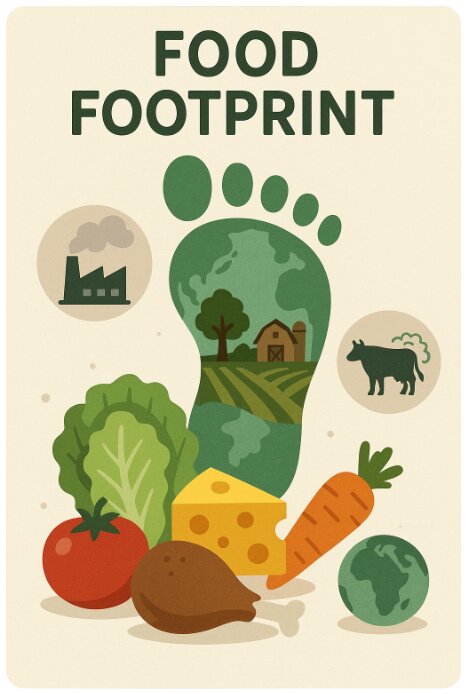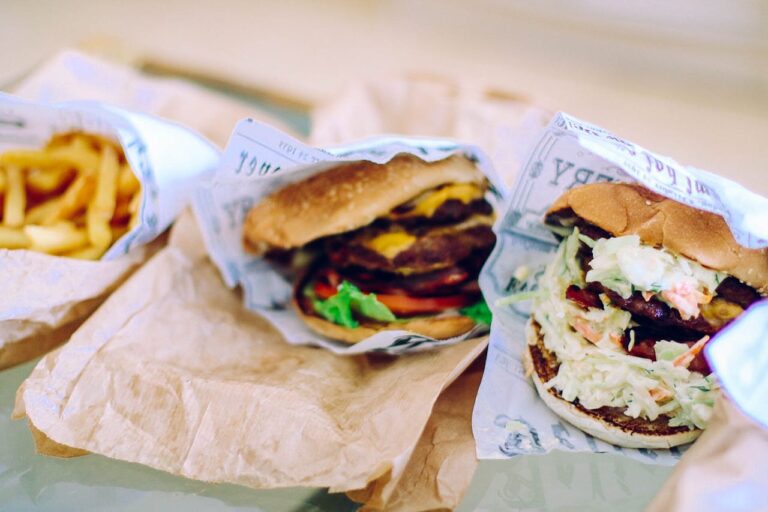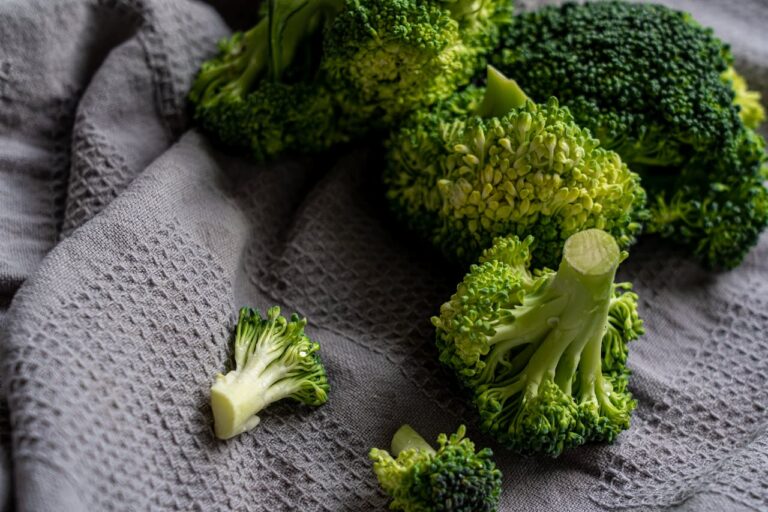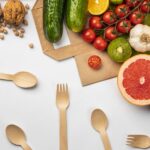Sustainability isn’t just some fancy term you hear tossed around. It’s about finding ways to live that don’t hurt the planet we all share. Think about it: everything we eat, from a simple salad to a juicy burger, has a story. But not all these stories are good for the Earth. In fact, food production alone is behind about 26% of the world’s greenhouse gas emissions. That’s huge!
Here’s the good news: the choices we make at the grocery store or the farmer’s market can actually make a difference. By being a bit more mindful about what’s on our plate, we can take small steps toward a healthier planet.
This guide isn’t here to lecture you or make things complicated. It’s filled with relatable stories, tips you can actually use, and science that makes sense. Together, we’ll look at foods that are not only delicious but also kinder to the Earth.
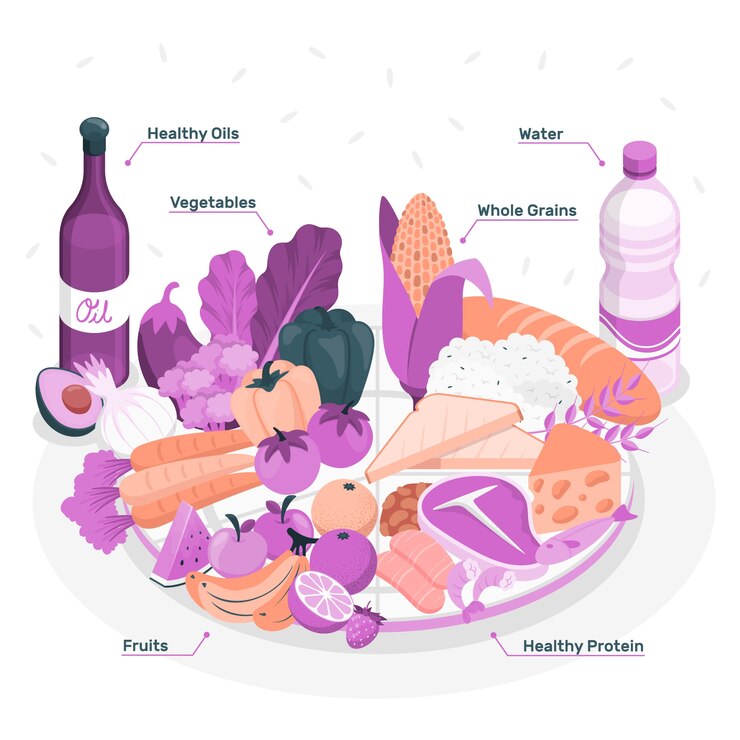
What Does “Sustainable Food” Mean?
Sustainable food is about eating in a way that’s kind to the planet, fair to the people who grow it, and good for future generations. It’s food produced with care—using less water, protecting nature, and reducing pollution.
Imagine this: Some foods leave a huge mark on the earth, like a heavy footprint on soft sand, while others tread lightly. Sustainable foods are the light steppers. They don’t hog resources like water or land and don’t pump out as much carbon pollution.
It’s also about fairness. It’s ensuring farmers and workers are treated well and paid fairly. And it’s about keeping ecosystems alive—making sure farming doesn’t harm the bees, birds, and forests that we all depend on.
To put it simply, sustainable food supports a healthy planet and healthy people. It’s about balance: giving back to the earth as much as we take, if not more. When you choose food grown with these principles, you’re not just eating—you’re making a statement that the world matters.
So, next time you shop or cook, think about the story behind what’s on your plate. Small choices can lead to big changes.
Learn More: The Sustainable Local Food Guide: Cultivating Change One Bite at a Time
The Power of Plants: A Staple of Sustainability
When we talk about sustainable eating, plants are absolute superheroes. They’re kind to the environment, packed with nutrients, and often incredibly affordable. Two standouts in this category are lentils and legumes, as well as seasonal and local produce. Let’s take a closer look at how these plant-based options can transform our diets and our planet.
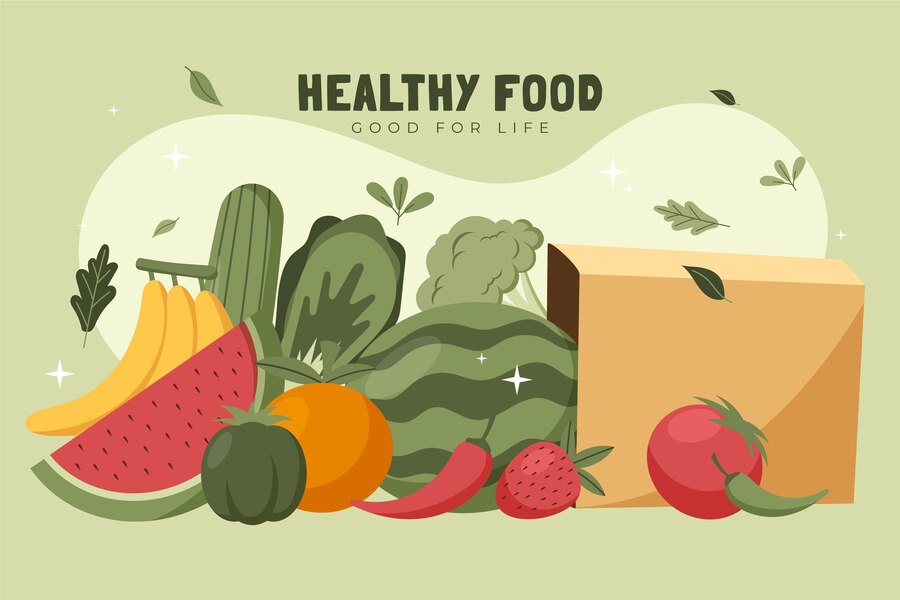
1. Lentils and Legumes: The Unsung Heroes
Legumes like lentils, chickpeas, and black beans are humble ingredients that pack a big punch. They’re nutritional all-stars, full of protein, fibre, and essential minerals. But the best part? They’re also one of the most eco-friendly foods you can eat. A study in 2018 found that lentils produce just 0.9 kilograms of CO2 per kilogram—compare that to beef, which emits a staggering 60 kilograms of CO2 for the same amount. That’s a huge difference!
Growing up, I didn’t appreciate lentils. My grandmother used to soak them overnight, and I’d groan, begging her to cook chicken instead. But now, I get it. Her frugality wasn’t just about saving money; it was about living sustainably. Lentils don’t just nourish us; they also enrich the soil they grow in by adding nitrogen, which reduces the need for chemical fertilizers. They use very little water and can replace resource-heavy animal proteins in many meals.
If you’ve never cooked with lentils before, start simple. Add them to soups, stews, or curries. They’re easy to work with and absorb flavours beautifully.
2, Seasonal and Local Produce: Nature’s Calendar
Eating seasonally and locally might sound old-fashioned, but it’s one of the simplest ways to reduce your environmental footprint. When you buy foods that are in season and grown nearby, you’re cutting out the energy needed for greenhouses and long-distance shipping. Plus, local produce supports farmers in your community, making our food systems stronger and more resilient.
Take the Netherlands as an example. A program called “Support Your Locals” connects consumers directly with farmers offering seasonal produce (2022 study). This simple change has reduced food transport emissions by up to 70%. Imagine the impact if more people making this shift!
A great way to start is by visiting a farmer’s market or signing up for a CSA box. Not only will you get fresh, delicious food, but you’ll also enjoy the satisfaction of knowing your choices are making a difference for the planet.
Protein Alternatives: Moving Beyond Meat
Finding protein-rich foods that don’t harm the planet as much as traditional meat is a challenge—but not an impossible one. Let’s talk about two exciting alternatives: plant-based meat and edible insects. They might sound like futuristic solutions, but they’re here now and making a big impact.
3. Plant-Based Meat Substitutes
Have you heard of brands like Beyond Meat and Impossible Foods? These innovators have made meatless eating much easier—and tastier! They’ve created plant-based products that taste and feel a lot like real meat but come with a fraction of the environmental footprint. Here’s how they compare to beef:
| Comparison | Beef (per kg) | Beyond Burger (per kg) |
|---|---|---|
| Greenhouse Gas Emissions | 60 kg CO2 | 3.5 kg CO2 |
| Water Usage | 15,400 liters | 1,100 liters |
| Land Use | 326 m² | 1.4 m² |
When you see these numbers, it’s hard to ignore the difference. Imagine saving thousands of litres of water just by choosing a Beyond Burger over a beef patty. That’s the power of small changes.
Expert Insight: “Plant-based meat substitutes represent a bridge for meat lovers who wish to transition to more sustainable diets,” says Dr. Marco Springmann from the University of Oxford. It’s a way to keep enjoying your favorite meals while caring for the planet.
4. Insects: The Protein of the Future
Now, hear me out on this one—eating insects might sound unusual, but it’s actually a common practice in many parts of the world. Crickets, mealworms, and other edible insects are packed with nutrients like protein, omega-3s, vitamins, and minerals. They’re also incredibly sustainable to farm.
In Thailand, cricket farming is a thriving industry. Farmers produce over 7,500 tons of crickets every year using minimal resources. Compared to raising cattle, this method takes up much less water, land, and energy.
Nutritional Bonus: Did you know that crickets are about 60% protein by weight? That’s higher than beef!
If the idea of eating whole insects feels like a leap, start small. Cricket flour is an easy way to sneak sustainability into your diet. Try it in cookies or pancakes—you might be surprised how tasty it is.
Learn More: 10 Sustainable Food Practices Examples: A Comprehensive Guide to Green Living
Grains and Tubers: Old Favorites, New Insights
Let’s take a closer look at two amazing foods that are not only good for you but also great for the planet: quinoa and sweet potatoes. These humble yet powerful ingredients have stood the test of time, and they’re more relevant than ever in today’s quest for sustainability.
5. Quinoa: The Andean Marvel
Quinoa might feel like a trendy superfood, but it’s been a staple for Andean communities for thousands of years. What makes quinoa so special? For starters, it’s incredibly resilient. It grows in tough conditions—poor soil, high altitudes, you name it—and doesn’t need much water or pesticides. That’s a win for both farmers and the environment.
During a trek in Peru, I met some local farmers who proudly shared their quinoa stories. They spoke about how this tiny grain had supported their families through good times and bad. Their pride was contagious, and I’ve never looked at a bowl of quinoa the same way since.
But there’s a flip side. As quinoa’s popularity has skyrocketed worldwide, prices have sometimes risen so high that the very communities who grow it can’t afford to eat it. That’s where fair-trade quinoa comes in. By buying fair-trade, you ensure the farmers who cultivate this incredible crop are compensated fairly. It’s a simple choice that makes a big difference.
6. Sweet Potatoes: Nutritional and Ecological Gold
Sweet potatoes are like the dependable friend you can always count on. They grow fast, adapt to different climates, and don’t need much to thrive. Plus, they’re packed with goodness: vitamins A and C, fibre, and antioxidants. Whether you’re feeding a family or looking for a sustainable food option, sweet potatoes are a win-win.
They’re also incredibly versatile in the kitchen. My go-to recipe? Roast them with a drizzle of olive oil, a sprinkle of garlic, and a touch of rosemary. The result is a comforting dish that’s as delicious as it is sustainable.
| Food | Key Benefit | Sustainability Highlight |
|---|---|---|
| Quinoa | High in protein, gluten-free | Thrives in harsh climates, low water use |
| Sweet Potatoes | Rich in vitamins and fiber | Quick growth, adapts to diverse climates |
These old favourites might not have flashy packaging, but they’re powerhouses of nutrition and sustainability. Adding them to your meals is a simple, delicious step toward a greener future.
Oceans of Opportunity: Sustainable Seafood
7. Shellfish: Nature’s Cleaners
Think about mussels, oysters, and clams. They’re not just delicious; they’re like little water purifiers. These shellfish naturally clean the water they live in by filtering out excess nutrients and particles. It’s like they’re doing chores for the ocean while growing into a protein-packed meal for us. And here’s the best part—farming them is low-impact. They don’t need feed or fertilizers, and their farming doesn’t take up valuable land or water resources.
Here’s a cool fact: shellfish farming actually improves water quality! Imagine eating something that not only doesn’t harm the planet but actively helps it. That’s a win-win. Next time you’re at the grocery store or a seafood market, look for certifications like MSC (Marine Stewardship Council). This label ensures your seafood was harvested responsibly, so you can enjoy it guilt-free.
8. Seaweed: The Superfood of the Sea
Seaweed might seem like a trendy health food, but it’s been a staple for coastal communities for centuries. And no wonder—it’s incredibly nutritious and sustainable. Unlike most crops, seaweed doesn’t need fresh water, fertilizers, or even land to grow. It thrives in the ocean, soaking up sunlight and nutrients to become a superfood packed with vitamins, minerals, and antioxidants.
In places like Indonesia, seaweed farming isn’t just about food. It provides livelihoods for thousands of families, supports local economies, and helps combat climate change. Seaweed farms absorb carbon dioxide and create habitats for marine life, making them a double boon for the environment.
If you’ve never tried seaweed, it’s easier to start than you think. Sprinkle dried seaweed flakes on salads, stir them into soups, or blend them into smoothies for a quick nutrient boost. It’s a simple way to add a splash of ocean goodness to your meals.
So, the next time you’re planning your menu, consider adding shellfish or seaweed. These ocean treasures are delicious, nutritious, and a step toward a healthier planet. Eating sustainably has never been so satisfying!
The Role of Technology and Innovation
9. Growing Upward: The Magic of Vertical Farming
Imagine walking into a warehouse and finding rows upon rows of leafy greens growing not on the ground but stacked high like bookshelves. That’s vertical farming—a way to grow food in the heart of the city without needing much land or water. Instead of soil, plants grow in nutrient-rich water (a method called hydroponics), and LED lights replace the sun.
Why is this so important? Traditional farming uses a lot of space and water, and transporting food from farms to cities burns fuel and creates pollution. Vertical farming tackles all of that. For example, AeroFarms in New Jersey grows fresh greens using 95% less water than a regular farm and doesn’t need any pesticides. Plus, their farm is so close to the city that their greens reach stores while still super fresh.
It’s not just practical—it’s a glimpse into a future where we can grow food anywhere, even in places where farming wasn’t possible before.
10. Lab-Grown Meat: The Future of Burgers
Now, let’s talk about meat. We know raising animals for food takes up a lot of land and resources. What if we could enjoy meat without needing to raise animals? That’s where lab-grown meat comes in. Scientists can take a few animal cells and grow them into real meat in a lab. The result? A product that tastes just like the meat we’re used to but without the massive environmental impact.
Experts are hopeful about its potential. Dr. Hanna Tuomisto from the University of Helsinki says lab-grown meat could cut land use by over 99% compared to beef. Imagine what that could mean for forests, wildlife, and the planet!
It’s still a new concept, and it might be a while before lab-grown meat is as common as burgers on a grill, but it’s a sign of how far innovation can take us. Technology like this offers hope—a way to feed the world without harming it.
Actionable Advice: How to Start Today
Sustainability doesn’t have to feel overwhelming. Small steps can make a big difference, and every meal is a chance to do better for the planet. Here are some simple ways to get started:
- Audit Your Plate: Take a week to notice what’s on your plate. Keep it simple: jot down your meals and see where you might swap high-impact foods—like red meat—for more sustainable options like lentils or seasonal veggies. It’s not about being perfect, just making mindful choices.
- Go Meatless Once a Week: Meatless Mondays aren’t just trendy; they’re impactful. Skipping meat for one day a week cuts your carbon footprint and gives you a chance to explore new, delicious recipes. Ever tried a lentil curry or a black bean burger? They’re amazing!
- Support Local: Your local farmers’ market or CSA (Community Supported Agriculture) is a treasure trove of fresh, seasonal produce. By buying locally, you’re reducing food miles and supporting your community’s farmers. Plus, it tastes so much better.
- Reduce Food Waste: Plan meals with what you already have, use leftovers in creative ways, and compost your scraps. It saves money and keeps food out of landfills.
- Educate Yourself: Dive into resources like “Project Drawdown” or “Our World in Data.” Knowledge is power—and it’s exciting to learn how you can help the planet.

